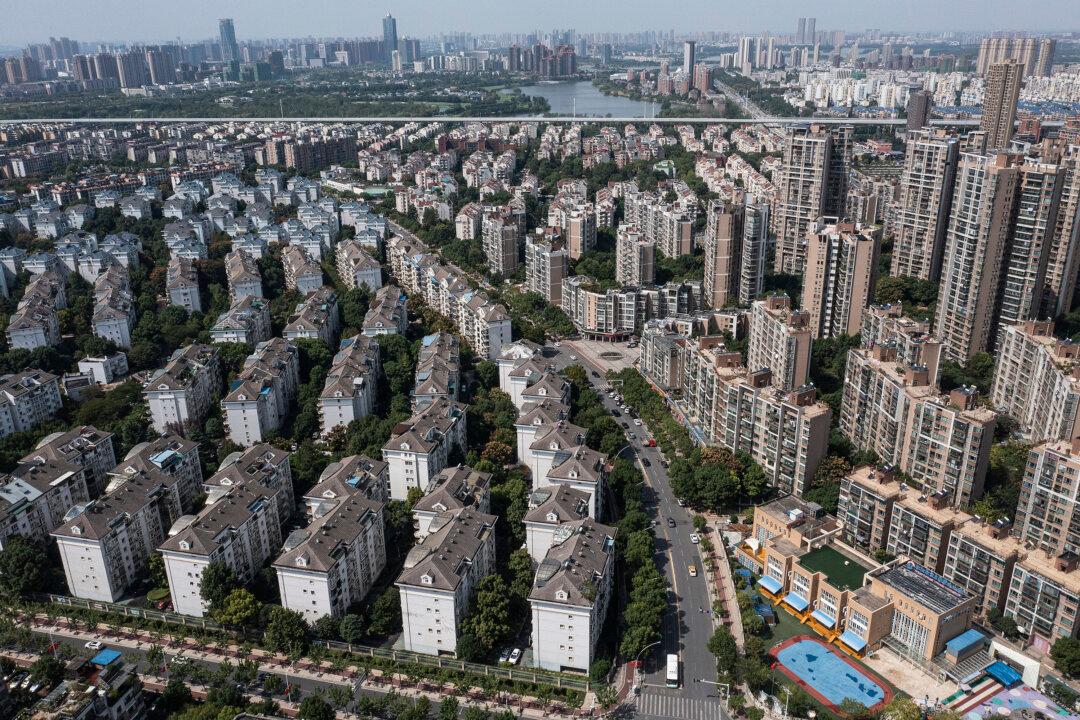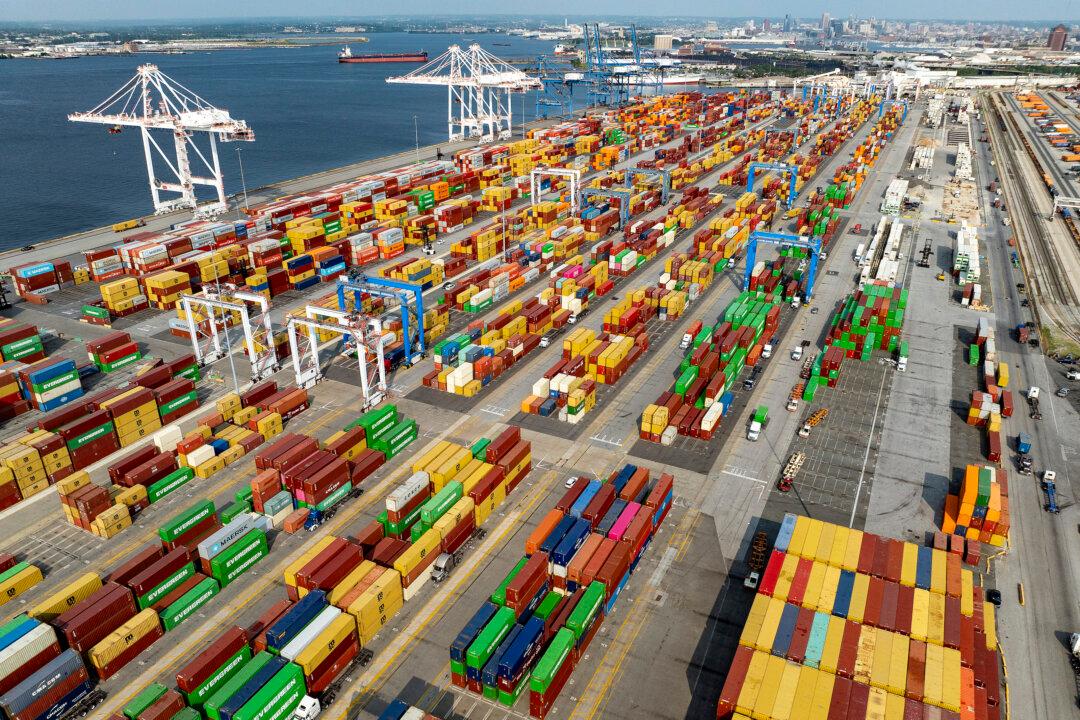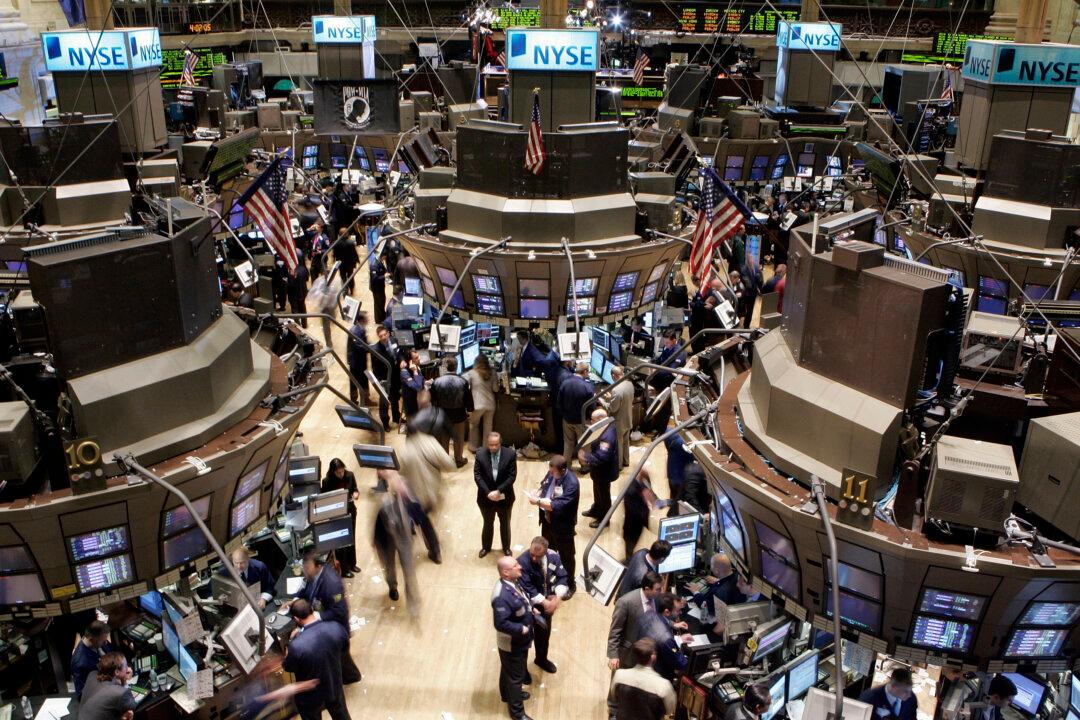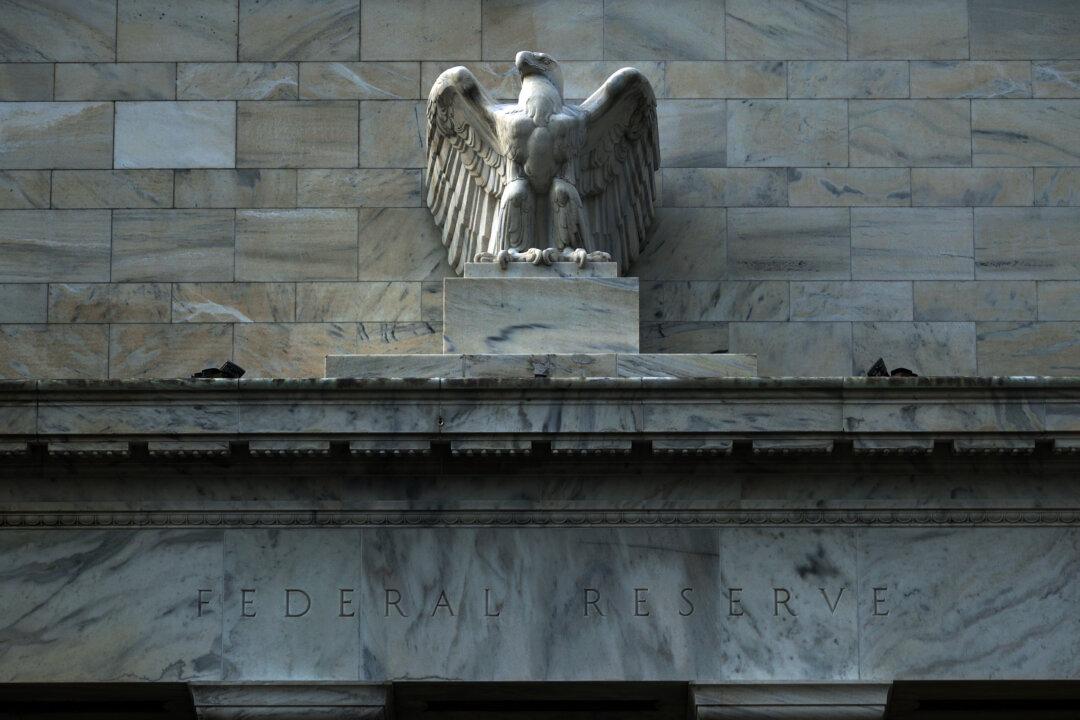Commentary
No economy has been able to ignore a property bubble and offset it and continue to grow, replacing the bust of the real estate sector with other parts of the economy. Heavily regulated economies from Iceland to Spain have failed to contain the negative effect of a real estate sector collapse. It won’t be different in China.





